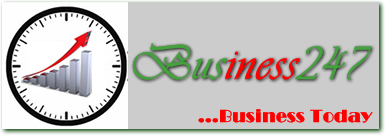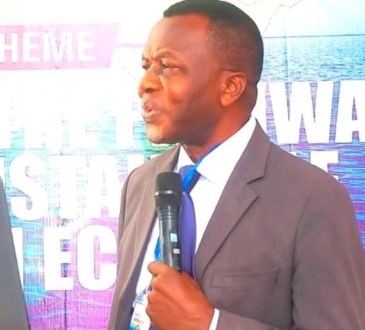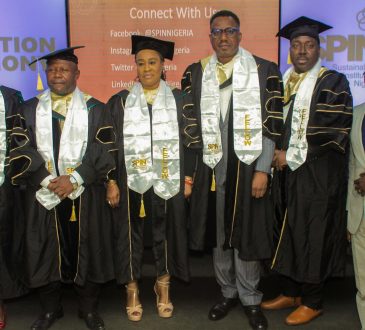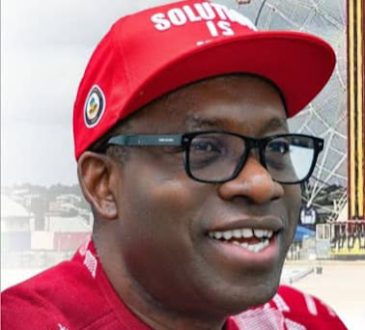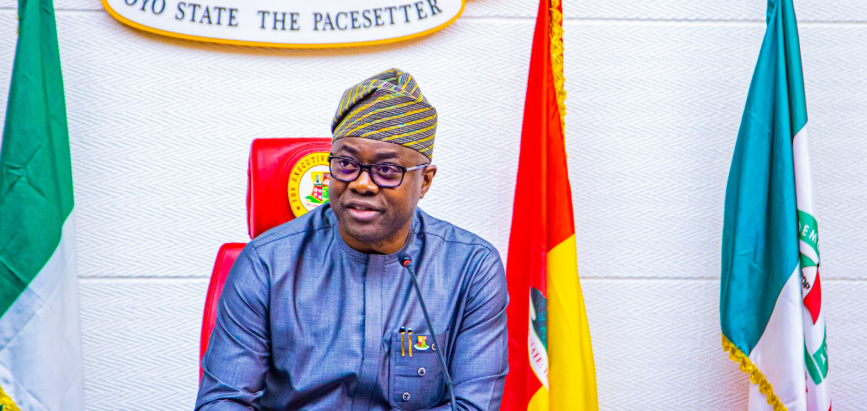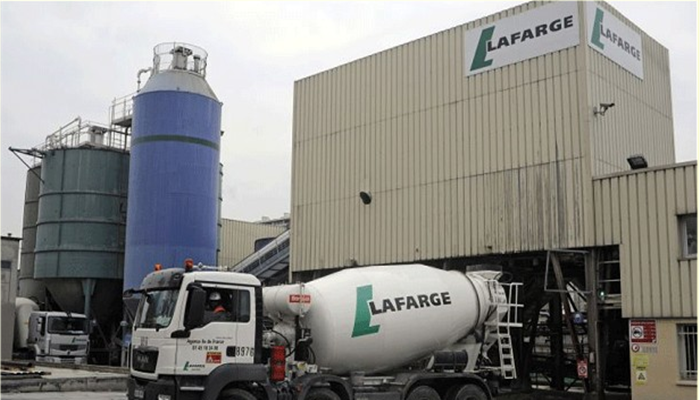
Lafarge Africa Plc, reports in its full-year2016 results progress with its turnaround plan, all its plants are operating at optimal levels, with a significant increase in profit after tax in Q4 2016. Earnings before interest, tax, depreciation and amortization (EBITDA) also increased respectively by 12 per cent and by 288 per cent in fourth quarter of 2016.
Amid country-wide gas shortages in Nigeria, Lafarge Africa achieved record level fuel flexibility at its Ewekoro I plant and Sagamu plant. All plants are operating at optimal levels with capex provisions for 2017 aimed to consolidate energy optimization at Ashaka, Ewekoro 2 and Mfamosing. The Mfamosing 2 line, which came on stream, on time and below budget, contributed to Group cement production in Q4 2016 with cost savings expected in the future.
In the quarter, the third-party syndicated loan of 88.4 million USD was pre-paid, through a loan refinancing arrangement with LafargeHolcim Group. This inter-company loan was hedged through a Non-Deliverable Futures (NDF) transaction. Consequently, overall $581 million debt was restructured, which removed the FX impact on Lafarge Africa’s results. Net debt was reduced to N108.3 billion, below the N120billion announced notably supported by capex control and solid cash flows.
Operating EBITDA for FY 2016 reached N29.0 billion from N67.3 billion in 2015, on operational challenges in the first part of the year, while Profit after tax for 2016 financial year came to N16.9billion.
Commenting on the company’s 2016 performance, , CEO of Lafarge Africa, Michel Puchercos, said “Our turnaround plan delivered solid results in Q4 2016 in spite of the challenging environment in Nigeria and South Africa. Technical challenges have been resolved with all our plants operating at high reliability. Our energy optimization plan has proved successful with increased use of Alternative Fuel (AF) to offset gas shortages. Ewekoro 1 plant migrated from 100% reliance on gas and LPFO to about 40% use of alternative fuels at the plant. Logistics and commercial turnaround plans are in place and enabling to restore market share”.
Speaking further, he stated “Mfamosing line 2 was delivered ahead of time and above specification, and is now fully operational. The new Line contributed 338kt in Q4 2016 to cement production volume and is expected to deliver significant cost savings going forward”.
Looking ahead, the CEO remarked: “Our immediate objective is to deliver fully on our turnaround plan by optimizing our processes, developing our alternative fuel strategy, reducing operational costs to deliver strong EBITDA margins returning to historic levels.”
In the quarter, a tax credit of N39.7 billion was reported mainly resulting from deferred tax assets generated from Unicem operations. This contributed significantly to profitability in Q4 and for the full year 2016.
The Company proposed a dividend of 105 kobo, for approval at the Annual General Meeting scheduled for June 7th 2017.
Cement demand in Nigeria is expected to grow between 0 and +2per cent for the full year, on account of the macroeconomic environment. In addition, business turnaround actions will be further consolidated in 2017 through energy optimization plan, local sourcing of production inputs, and logistics as well as commercial excellence initiatives to deliver tangible results going forward.
The company cement forecast said, “We expect cement demand in South Africa to be stagnant, with 0 to -2per cent decline for the full year. South African operations will intensify on its cost containment programme and commercial transformation plan, to deliver in the short term.
“For 2017, Lafarge Africa specifically expects to return operating EBITDA margin back to historical levels, capital expenditure of N31billion for Nigeria and South Africa operations, mainly to consolidate our energy optimization plan principally for Ashaka coal fired captive power plant, Alternative Fuel in Ewekoro 2 and Coal in Mfamosing as well as the divestment of non-core assets.”
